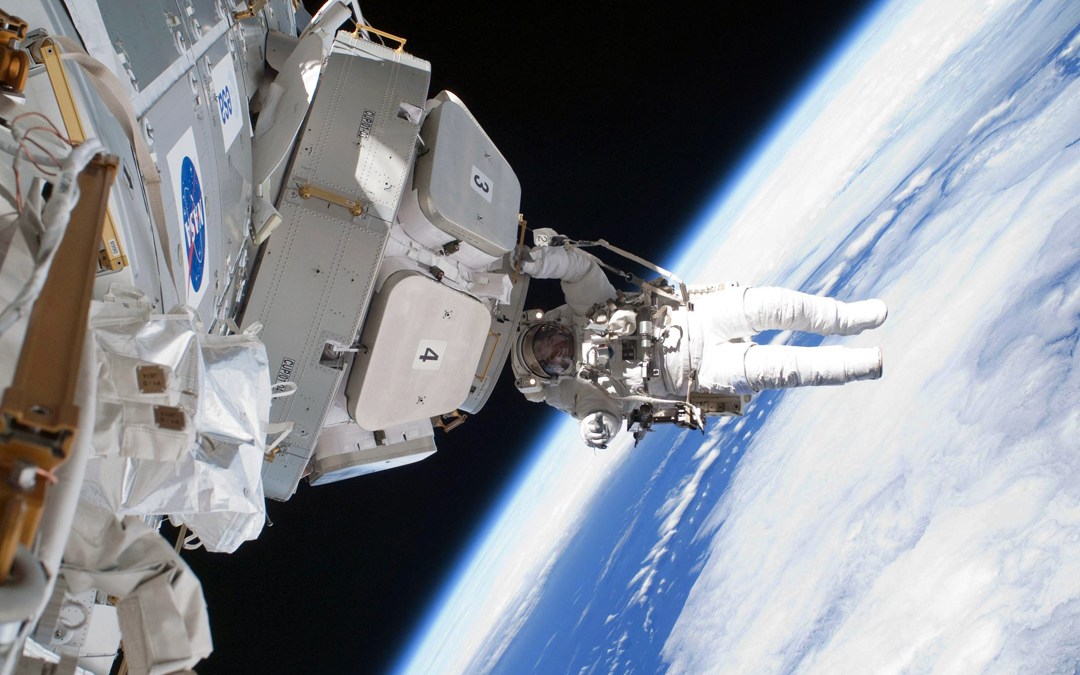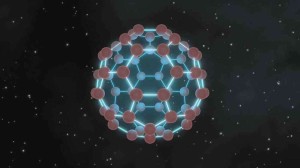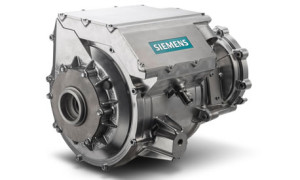Guest blog by Dr. Alyson Lanciki, Scientific Editor, Metrohm International
 For over twenty years now, there has been continuous human occupation off our planet.
For over twenty years now, there has been continuous human occupation off our planet.
The International Space Station (ISS), launched in 1998, is a modular satellite in low orbit around the Earth, which is visible even with the naked eye.
In October, NASA launched an Antares rocket carrying a Cygnus resupply ship. This cargo ship carried an experimental system on board used to study the oxidation of ammonia under microgravity conditions to convert urine into water on the ISS. Improving this waste management system has far-reaching repercussions for longer exploratory missions where the weight of the payload must be optimized with the amount of water needed (which is heavy) to sustain life during the trip. Given the limited resources aboard a spaceship, the recovery of water from all processes is of great importance. (more…)




